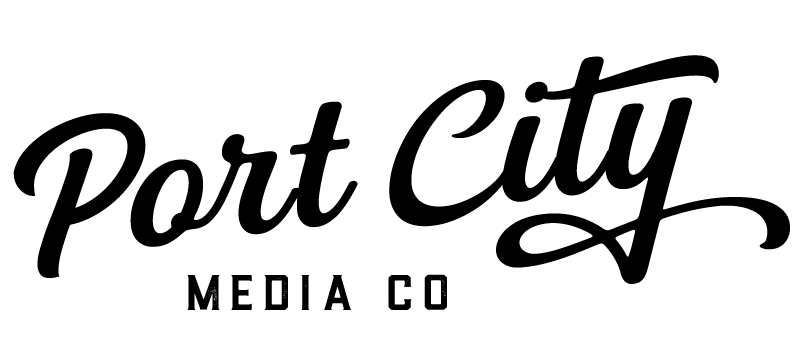
If you were under the impression that having a photo-rich site meant you had fewer options for SEO optimization, that’s fortunately not the case! While search engines are not yet experts at indexing the images themselves to help your SEO rankings, they can make use of other features about your image to get it in front of the right audience—and when you optimize your website images for SEO with these things in mind, you can give your visibility a significant boost.
How to Optimize Images on Your Website for SEO
1. Use descriptive names for images
When you take pictures for your website, you are probably accustomed to using whatever default name your camera provides—but did you know that the name of an image file can actually be a great SEO tool? When search engines “crawl” your website, they examine both the copy on your pages and the names of any files. For this reason, naming a product image something descriptive like “Large-Leather-Tote-Bag-1” is much more effective than whatever random string of characters a camera typically provides.
2. Don’t neglect to use alt tags
When you upload an image to your website, you have the opportunity to add what is called an alt tag. These tags are used to increase your site’s accessibility and are displayed if a browser can’t render the photo, but they are also great for boosting your SEO rank. Adding relevant text in plain language will serve as a keyword for search engines on your site as long as the text is not too long. An appropriately alt-tagged image’s code would look something like:
<img src="Large-Leather-Tote-Bag-1" alt="Large Leather Tote Bag">And if you have multiple photos of the same product, you would alt tag the images in a way that differentiates them, such as:
<img src="Large-Leather-Tote-Bag-Handles" alt="Large Leather Tote Bag Handles">3. Avoid creating long load times with large files
Online consumers are not the most patient bunch—in fact, most won’t even wait more than three seconds for a page to load. Make sure that you are scaling down your images as much as possible while still retaining quality so that your website doesn’t become a large program that makes browsers struggle. One of the best ways to do this is by making sure all of your images are JPEG file types. While PNGs and GIFs are common around the web, JPEGs are generally the most optimal way to get the best quality to file size ratio, and if you’re using a program like Photoshop, you can quickly export them to be optimized for web displays.
If you need guidance on optimizing your website to get better SEO rankings, we’d love to chat! Contact us today to learn more about our track record and see how we can help you.


